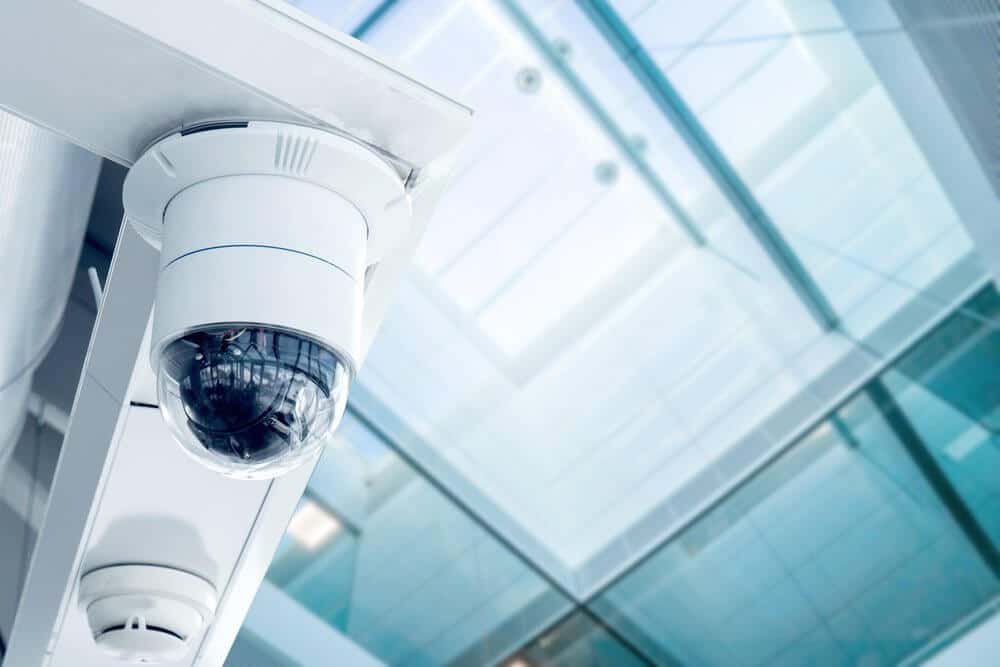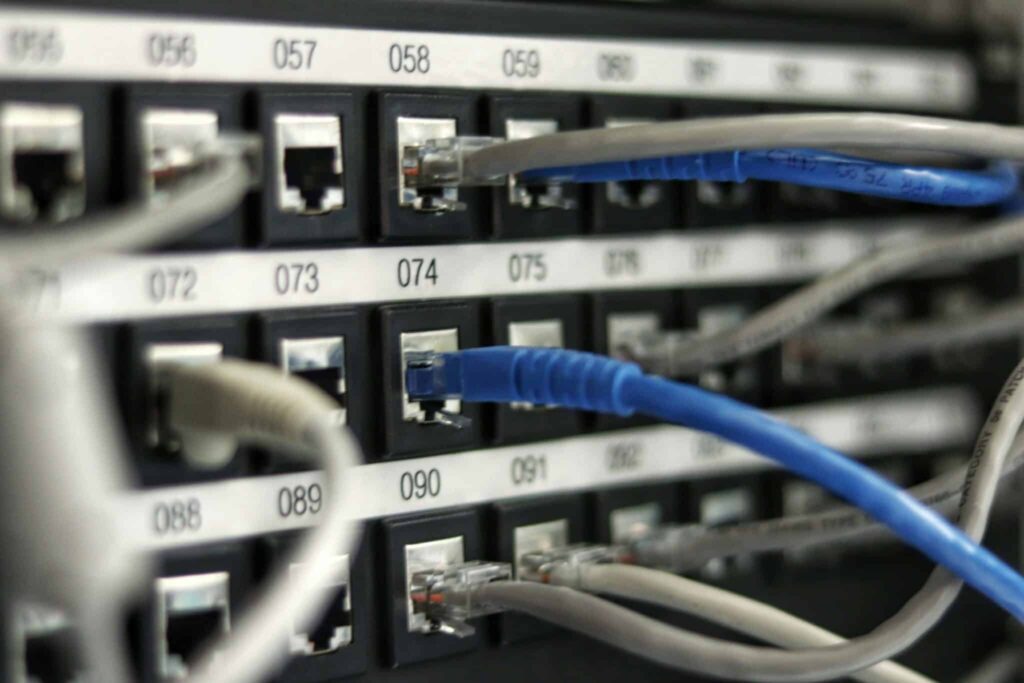4 Tech Trends Facilities Managers Should Keep an Eye On

Technological progress moves quickly in most industries, and facilities management is no exception. Offices are integrating more and more with innovative workplace technology. If you’re not introducing new forms of tech into your office soon, then you’re going to become outdated before long. In order to remain effective and progressive as a company, you have to be able to spot upcoming trends and quickly adopt and integrate them. However, you shouldn’t adopt new technology just because other companies are doing it. It’s important to only introduce things that increase the productivity and health of your workers and assist your company’s success. As office managers, here are four tech trends you should be keeping an eye on.
1. Facility management software

If you’re not using facility management software, then you’re already behind the curve. Your current FM has to manage employees, keep track of day-to-day operations while still having an eye towards the future. Why not give them a leg up if you can?
Lucky for you, many FM software solutions exist today. This software will allow you to get a comprehensive view of how your office is currently being used, as well as streamline aspects of business like request management.
By implementing building and office management software, you’ll be able to organize a more productive workplace while ensuring every aspect of your building is in tip-top shape.
2. Mobile workflow and task tracking
![]()
As offices become less centralized and flexible working environments become the norm, it’s becoming even more pertinent to keep track of projects and employee workflow. Without being able to keep tabs on what your team is working on, operations can easily become derailed.
In some instances, you could consider task-tracking software that allows you to see exactly where your employees are spending their hours. In cases where your office has a physical setting, you’ll still need a project or task management software that easily adjusts to different work environments. Choose software that can be implemented no matter which devices your team uses, such as Trello or Asana.
3. Motion sensor devices

As sensor technology continues to decrease in price, we can expect to see them becoming more used throughout the office data collection process. If you’re making office layout or workflow decisions based on gut instinct, then chances are your office isn’t as effectively organized as it could be.
For instance, to improve employee health, you could have pressure sensors installed in chairs throughout the office. If you see that your employees have been sitting for a prolonged period of time, you could send a message to them telling them to take a break and go for a walk.
Sensors will also be able to tell you which spaces of the office are currently underutilized so that you can reconfigure your workplace accordingly.
4. Building intelligence monitoring

When you use building sensors and facilities management software in tandem, this will provide you with an extremely useful set of building data.
Knowing what’s going on inside your building at all times, from a structural and personnel level, will provide you with a holistic picture of how your building is being used. This is something you can only gain from real-time data monitoring. Building sensors will be able to send data directly to your facility management software suite about when maintenance is required, as well as real-time information about building energy use. Motion sensors can also be used to switch off energy consumption for areas of the office that aren’t currently being used. By being able to see how every aspect of your office is functioning, you can ensure that your building is always running at peak efficiency.
Additional Workplace Technologies Facility Managers Should Take Note Of:
The diverse range of duties for a facility manager warrants a host of tools to address various needs. Managers who stay on top of emerging trends will be able to better adapt to new developments and services that can help improve their operations. Here are a few more notable workplace tech trends every FM should know about.
Internet of things (IoT)
IoT technology isn’t a new concept to facilities management—networked components and devices have long been embedded in IT and automation systems—but change is now coming in the form of unified platforms and the sheer number of smart components available on the market. Many of these IoT devices come from corporate giants such as GE and Amazon as well as building-specific platforms from smaller companies like ThingWorx an BuildingIQ.
Facility managers will need to keep up-to-date with the nuances of these technologies to make sure they’re making the most optimal choices for their specific office needs by avoiding overly complex software and bloated feature sets.
3D printing
Innovation in 3D printing is moving at a feverish pace, producing anything from furniture to biocompatible materials. Facility managers should expect to interact with 3D printers in some capacity as this tech service—which currently revolves around creating physical prototypes, maintenance components and consumer goods—becomes more popular in both industrial and consumer industries. Managers who understand the potential positive impacts of 3D printing will be able to leverage its benefits. For instance, 3D printers can be used to create replacement parts for office equipment, which would cut down on time spent preparing orders and waiting for new parts to arrive.
Artificial intelligence (AI)
Artificial intelligence may once have been a solely sci-fi concept—embedded into humanoid robots and spaceships—but it has become a reality. One example is virtual assistants, like Siri and Clara—which speaks with your correspondents through email to handle scheduling and other administrative tasks.
AI assistants will likely expand to cover business operations like request management or contractor relations, and could ultimately help facility managers focus on larger tasks and projects.
Biometrics
Many consumer electronics now have biometric security options such as thumbprint scanners and even iris scanners. Like many security measures, these technologies have limitations and should be considered alongside other layers of protection. That said, advancements have diversified how biometrics are being used while building on established security features. Facility managers may consider implementing biometric measures such as access control, room bookings and facility traffic management to ensure only authorized employees and clients can enter permitted areas.
Personal analytics

While personal analytics are still in the early stages of development, companies like Humanyze are providing inklings of what an office that tracks teamwork, engagement and face-to-face interaction may look like. These types of metrics can be used to efficiently organize teams, create more effective lines of communication and track individual development. This can be a powerful tool for facility managers, but personal analytics software introduces privacy issues that will need to be addressed through carefully planned policies and a strong company culture. Before implementing this technology, FMs should prepare their staff with company meetings and online guides to ensure everyone understands how to use the software and feels comfortable doing so.
As with any new software, facility managers need to consider how innovation will affect their workplace on a social, economic and technical level. Keeping those factors in mind, FMs will be able to capitalize on these smart workplace technologies in order to create a more efficient and productive environment where their team can thrive. Keep your mind open to new technology trends as they arise and you’ll be able to keep your company successful well into the future.
Photos: Fabian Grohs, Jeff Sheldon, Jonathan Velasquez, Alvin Engler, Sam X, Thomas Kolnowski



